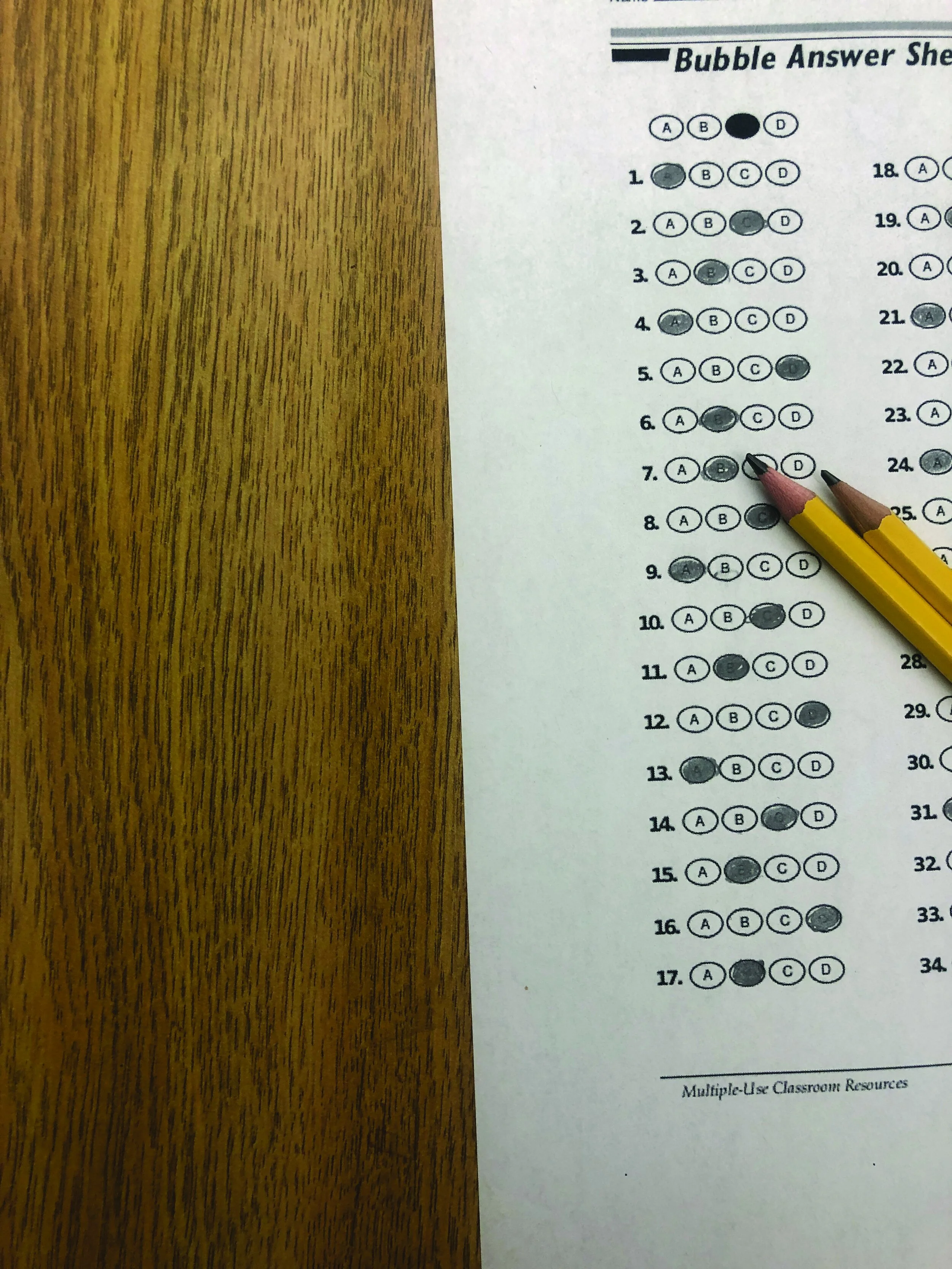SAT vs. ACT
SAT vs. ACT
With the ACT allowing test-takers to retake individual sections starting Sept. 2020, the SAT and ACT differ more now than ever before.
For the millions of high school students who apply to college each year, standardized testing is a huge component of their application process. Preparation and success on these tests can be essential to admissions.
There are two different tests that are accepted by all colleges and universities in the U.S. — the ACT and the SAT.
Although similar, the two tests do have their differences. And those differences just became even more pronounced with the recent announcement that the ACT can be “superscored” starting in September of 2020.
The superscore is a method of scoring in which the highest score from every section is reported in the test results.
While the SAT also superscores, this new announcement warrants a discussion about the overall differences between the two tests.
Can retaking individual sections really improve an ACT score?
Is the ACT now more advantageous to students than the SAT?
These questions and more need to be answered to educate future test-takers on the test that is right for them.
Primarily, superscoring helps both students and colleges in producing higher metrics, according to Director of College Counseling Veronica Pulido.
“Superscoring helps the student in terms of producing the highest score and also helps the college promote the best scores in terms of attracting kids with the highest numbers,” Pulido said. “It also helps with the newest U.S. News and World Report and trustees reports and everybody that cares about metrics.”
The superscore does not cancel out other test attempts, however. All scores from all sittings are sent to schools, and Pulido is not sure whether colleges analyze lower scores that do not make up the superscore.
“The situation with superscoring is that a student has to send in all of their testing if they want the superscore, so the colleges could see potentially the other scores if they want to,” she said.
Does superscoring then make the ACT much more beneficial than the SAT? Senior Jack Trahan does not think so.
After taking both the SAT and the ACT, Trahan believes the superscore is not as big of a factor in admissions as the score of the overall test, especially because many colleges do not look at the superscore.
“What I’ve found is most colleges I’m applying to and a lot of the colleges my classmates are applying to don’t superscore,” Trahan said. “For most schools you’re going to have to take the whole test in one sitting to be able to use that score.”
Another difference between the tests is the subject matter covered by the two, specifically with regards to science. While the ACT has a section devoted to extensive testing on scientific content, the SAT simply contains a few science-related passages in its reading and writing sections.
“[The ACT] has a science section while the SAT does not,” Pulido said. “The ACT science section does not necessarily require you to know scientific facts and equations, but you must be able to interpret scientific graphs.”
Additionally, Trahan found math testing varied between the two: the SAT tended to focus on algebra while the ACT covered more topics, like geometry and trigonometry.
“For me, I ran into trouble on ACT math,” Trahan said. “I just didn’t have enough time. I’m not amazing at math, so that was where I had an issue.”
Despite these many differences, both tests include an optional essay section. Many colleges do not require these essays, but Trahan suggests sitting for them anyway.
“[The essays] are optional,” Trahan said. “Since we’re in a transition phase where a lot of colleges aren’t requiring them but some still are, I would recommend doing the writing anyway. A lot of times in the middle of your junior year, you won’t really know where you’re applying anyway.”
Additionally, Trahan suggests planning out multiple test dates in advance, as it will give test-takers more flexibility in their schedule.
“You’re going to start looking at test dates and you’re going to be like, ‘Oh great. I have four ACT and four SAT dates. Oh wait, I have crew one weekend, I have ISAS another. I have to take subject tests one of these days,’” Trahan said. “You’ll start realizing you don’t have as many chances you as you’d think. And then it starts getting into the summer where you’re like, ‘Wait, I was supposed to travel here but this is the only time I can take standardized testing.’”
To begin preparing for the SAT early, Trahan recommends studying for the PSAT going into junior year.
“I started prepping for the PSAT initially, and prepping for the PSAT and the SAT is pretty much the same thing,” he said. “I started at the beginning of June before my junior year, so I started earlier than most kids.”
Because the tests differ so much, many students will naturally do better on one or the other. Pulido maintains that test takers should take both regardless.
“If the student himself says, ‘I think I’m more geared to one versus the other,’ we’re not going to force him to take both of them, but we do know they’re just two different exams,” Pulido said. “In addition, there’s so many differences potentially on test day whether the student doesn’t feel well or wakes up late. There’s so many variables, so that’s another reason we encourage students to potentially sit for both.”
At the end of the day, however, standardized testing is just a part of the admissions process. It is not the “be-all end-all.”
“It is a piece of the puzzle. It is one metric used in the process,” Pulido said. “It is an important one, too. Please don’t let college just let you think it’s not important because it is. But I think students and families need to just say, ‘This is just a piece of the puzzle.”
